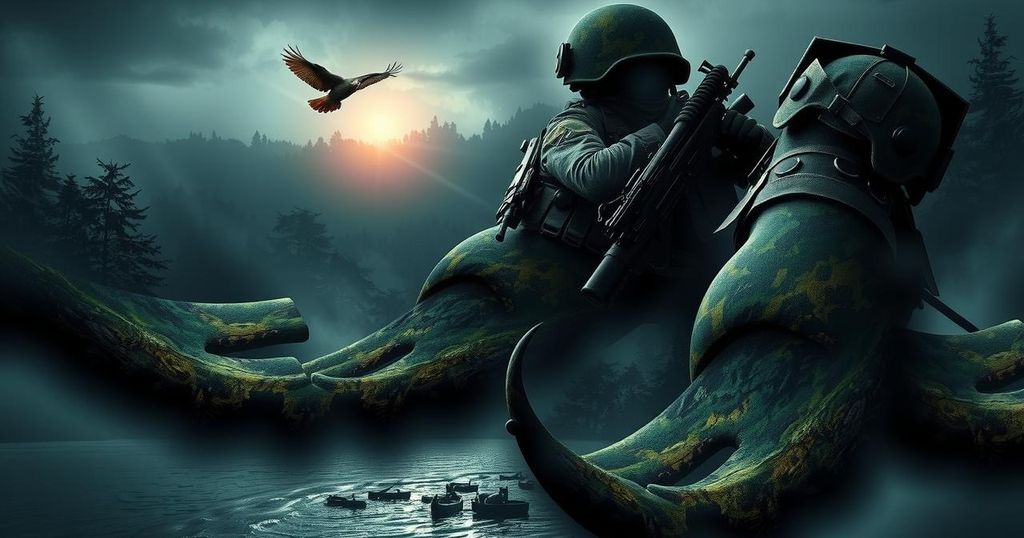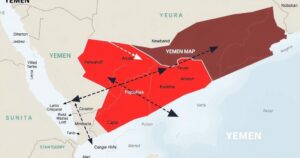DRC Conflict: Accusations of Disguised Forces and Child Recruitment

The article discusses accusations of Rwandan soldiers and M23 rebels disguising as Congolese military personnel in the DRC. Reports of child abductions for military recruitment surfaced in Uvira amidst confusion among armed groups. The ongoing conflict strains Congolese institutions, leaving populations fatigued and potentially open to change. Historical messages of hope remind that suffering persists among the people, illustrating the devastating impact of the war.
According to a Bukavu resident, military uniforms in the region do not always reflect true allegiance to the regular army. In Kamanyola, testimonies indicated that a group of soldiers in FARDC uniforms later revealed them to be M23 fighters or members of the Rwandan Defence Force (RDF) when M23 commanders arrived. This deceptive tactic raises concerns about the legitimate composition of armed forces in the area.
The issue of child recruitment into armed groups is also alarming, with reports emerging about students being abducted for enlistment in a recently unidentified armed faction in Uvira. In the chaos surrounding the advancing pro-Rwandan forces, confrontations erupted between fleeing FARDC members and local self-defense groups, leading to casualties. There are allegations that some resisting soldiers might actually be infiltrators disguised as FARDC personnel beneath their uniforms.
The ongoing advance of the M23 rebels raises alarm, particularly as Burundi remains vigilant due to its border with the DRC. Without significant changes at the international level, Rwandan forces and their local collaborators are likely to continue their advances. Congolese civil and military structures appear overtly weakened, presenting challenges to resistance against these incursions.
Civilian populations are reportedly fatigued by the ongoing conflict and might not be as opposed to potential shifts in power as previously thought. The M23 rebels are currently attempting to portray themselves as stabilizers within their controlled territories. However, past experiences warn against such perceptions, suggesting that underlying issues persist despite changing narratives.
Archbishop Emeritus Emmanuel Kataliko’s message from 1999 still resonates, reminding of the communal suffering present among the population today. He emphasizes that God remains close to those in distress, with Jesus Christ embodying the compassion felt by suffering individuals. Ultimately, it is the civilian populace that bears the brunt of war’s deceptions and tragedies.
To summarize, the presence of disguised Rwandan soldiers and M23 rebels within Congolese military ranks illustrates the complexities of the ongoing conflict in the DRC. The recruitment of children adds a layer of tragedy to the situation, while the increasing weariness of civilians reveals the potential for shifts in societal perspectives. Historical references to faith and hope highlight the enduring suffering experienced by the affected populations.
Original Source: www.vaticannews.va








